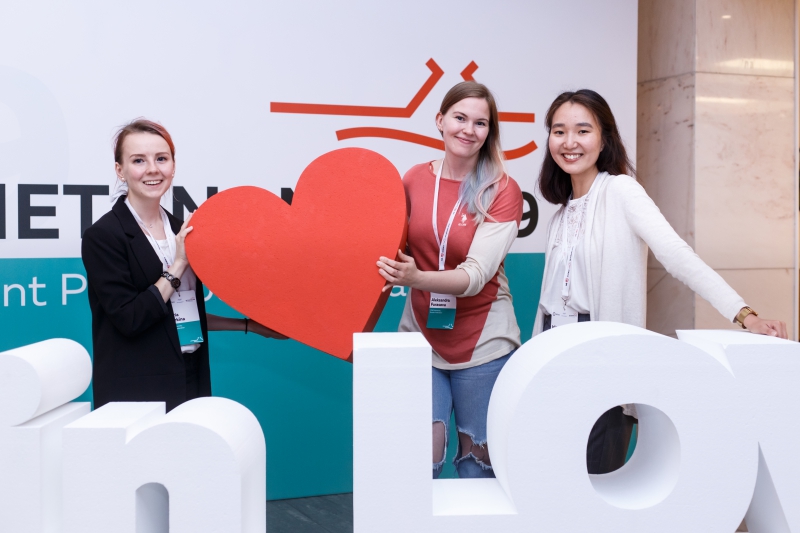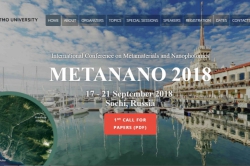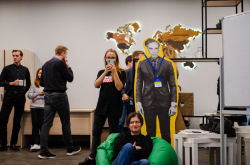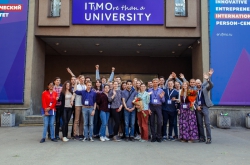Previously held in the Russian cities of Anapa, Vladivostok and Sochi, this year’s conference took place in St. Petersburg, where ITMO University’s International Research Center for Nanophotonics and Metamaterials was established ten years ago by a small group of specialists. They founded a laboratory which has evolved into the Faculty of Physics and Technology and a new international research center working in collaboration with leading universities and research centers from Europe, Australia and the US.
The 4th METANANO Conference was organized with support from the Mediterranean Institute of Fundamental Physics. Participating as partners were the international companies InScience, Bruker, OPTEC Group and TESKAN, specializing in the production and supply of equipment for scientific laboratories and manufacturing facilities.
“This is not the first time we support this conference. Our first experience of collaboration was last year, in Sochi, and it was very successful. The best thing about the conference is that it creates a platform for communication for specialists from different countries and with different viewpoints. What is also important is that there are a lot of young people participating in the conference, which really propels science forward,” comments Dmitri Butov, a representative of the InScience company.
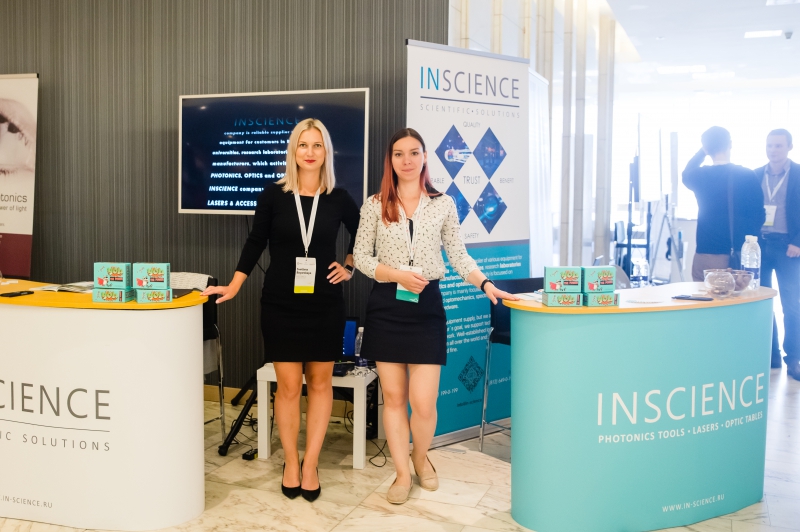
Key topics and figures
With each passing year, the METANANO Conference diversifies its geographic profile. Back in 2016, there were some 90 Russian scientists participating, while this year’s conference brought together over 400 researchers from the world's leading universities and research centers, such as MIT (the US), ParisTech (France), CNRS (France), the Nanyang Technological University (Singapore), the University of Exeter (the UK), etc. Substantially increasingtheir representation at the conference were researchers from Japan and the Middle East. Besides, the event was attended for the first time by a researcher from the Republic of South Africa.
“In my research, I work in collaboration with ITMO University, and that’s how I learned about this conference. Russia and the Republic of South Africa have recently launched a whole range of successful projects together. The conference is very well-organized. I really enjoyed it. Most impressive was the variety of topics covered at the conference,” shares Christopher Coleman, a researcher from the University of the Witwatersrand (RSA).
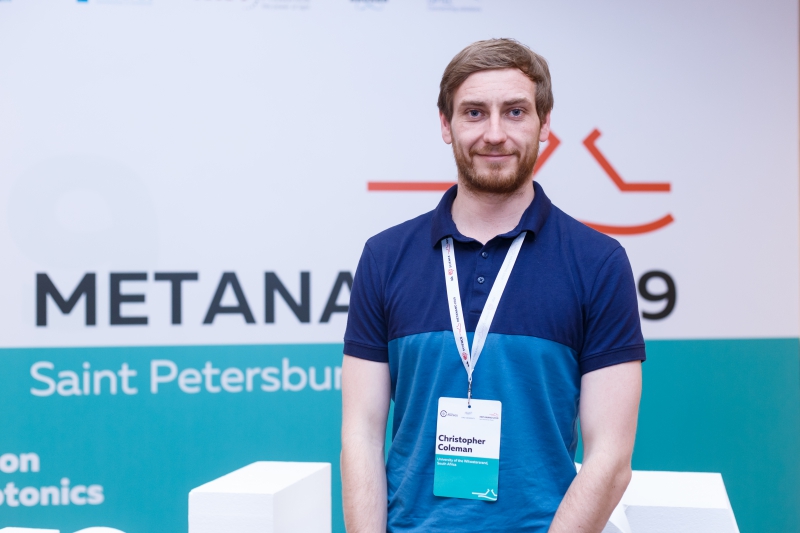
Each year, more and more specialists from different fields of study, from photonics and plasmonics to radiofrequency technologies, bionanotechnologies and solar energy, take part in the conference. This year’s event featured two separate symposiums: BioMETANANO and QuantuMetanano, dedicated to the discussion of the latest achievements in the field of biomedicine and quantum photonic technologies.
In the course of five days, leading international experts discussed the results of their research at plenary sessions. Among them were professor Martin Wegener from the Karlsruhe Institute of Technology (Germany) who delivered a report on key trends in nanophotonics, professor Masaya Notomi from NTT Nanophotonics Center and the Tokyo Institute of Technology (Japan), professor Marin Soljačić from the Massachusetts Institute of Technology (the USA); professor Philippe Lalanne from the Institut D’optique, ParisTech (France), and professor Armando Rastrelli from the Johannes Kepler University Linz (Austria), to name but a few.
The researchers shared the results of their work with ITMO.NEWS:
Armando Rastelli, professor, head of the Department of Semiconductor Physics at the Johannes Kepler University Linz (Austria)
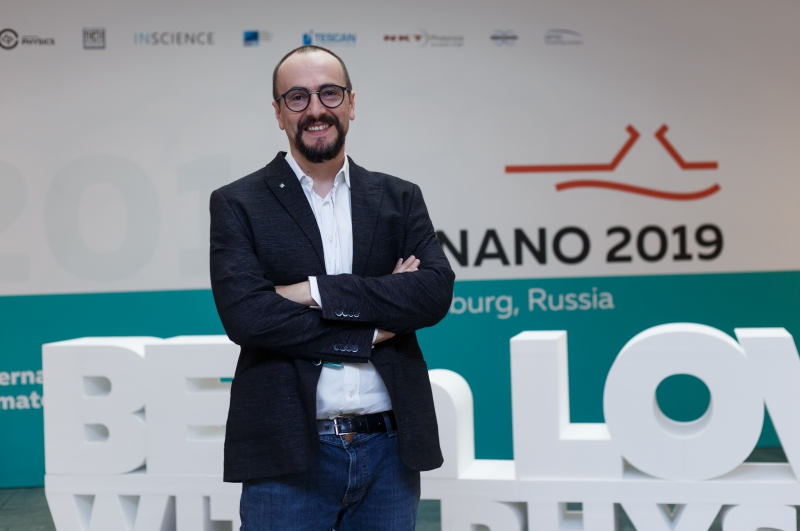
“Like many other researchers, we are currently developing sources of quantum light. There is a lot of research conducted in this field worldwide right now. One of the problems that we’re attempting to solve here is to use these quantum light sources for secure quantum communication, for example, for ensuring the security of quantum communications and development of optical quantum computing.
In my opinion, the practical application of this technology has to do with quantum key distribution (a secure communication method which implements a cryptographic protocol involving components of quantum mechanics – Ed.). I think that we can contribute to this field.
On the whole, nanophotonics is a young research field that holds a lot of promise for the future. From the application point of view, it will allow us to create devices which we can’t envisage at the moment. From the scientific point of view, it is a very lively and interdisciplinary field that gives young scientists wonderful opportunities to work on many different topics, broaden their knowledge and explore specific aspects.”
Anna Baldycheva, head of Opto-Electronics Systems Laboratory at the University of Exeter, the UK
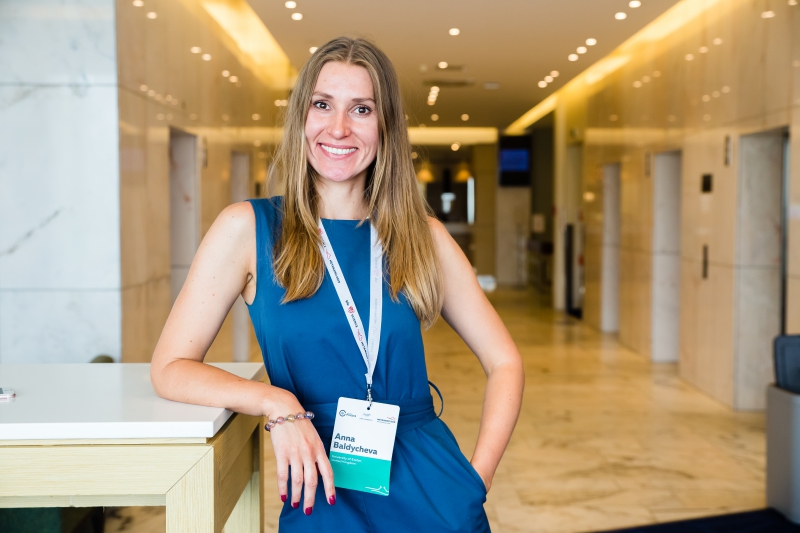
“My laboratory at the University of Exeter actively cooperates with the representatives of the industry. We specifically conduct applied research that can be expeditiously commercialized and introduced to the market. This research covers a wide range of topics, including new nanomaterials, nanostructures design, the creation of sensors for different applications and many others.
If we were to talk about sensors, this market is predicted by the experts to develop very dynamically going forward. A large role in this will still belong to the fundamental development of sensor systems. Then again, this is characteristic of the electronics market in general. On the other hand, to accelerate the process of the commercialization of the technologies and apply this research in practice, you have to understand the main trends on the market and also its needs. In my research group, we aim to integrate fundamental research into the market’s ecosystem. And this approach, in my opinion, is capable of making a breakthrough.”
Apart from leading international researchers, participating in the conference this year were representatives of the world’s largest science publications. Among them was Oliver Graydon, chief editor of Nature Photonics, the most prestigious international journal focusing on original research in the field of optics and photonics.
Results
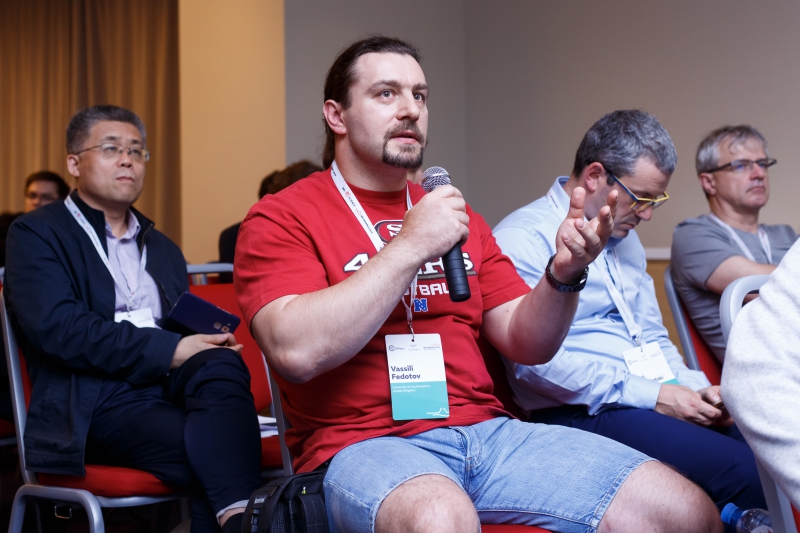
According to the participants of METANANO, many of whom have been attending the event for the first time, the conference turned out to be a great opportunity for familiarizing themselves with new promising research and establishing new contacts. As in last year, the event brought together not only prominent experts but also young scientists from all over the world, allowing them to discover key research first-hand.
“This is the first time that I participate in the METANANO conference, and it’s great to see so many specialists in nanophotonics and other fields. The conference allowed me to communicate with experts and learn about lots of many new and inspiring ideas. In my opinion, the main opportunity that conferences like this offer young scientists is to communicate with more experienced specialists, find out about possible internships and collaborations, and explore a wide range of topics for relevant research in different fields you can pursue later on,” shares Esther Bloch, a student at the Swiss Federal Institute of Technology in Zurich (ETH Zürich).
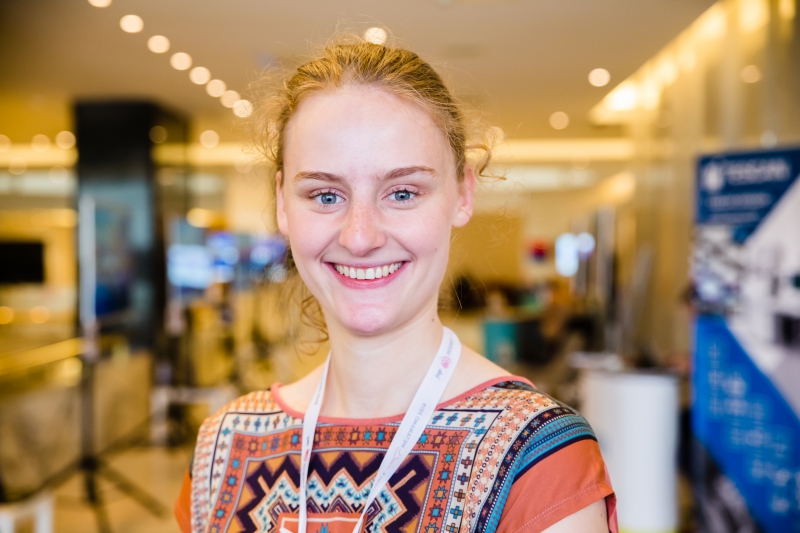
The young scientists presented their own works as part of a poster session, which itself was marked by an innovation. The organizers decided to step away from the classical paper poster presentations and carried out the session in the electronic format. Participating in the poster session were over 110 young researchers and well-known experts in their fields. Among the participants of the poster session was Philippe Lalanne from the Institut D’optique, ParisTech, who really liked the new format.
The authors of the best electronic posters were awarded at the conference’s closing ceremony. The third place went to Vladimir Novikov (Lomonosov Moscow State University) and Sergey Degtyarev (Samara National Research University), second place was awarded to Alyona Mamontova (Federal Scientific Research Center “Crystallography and Photonics” of the Russian Academy of Sciences) and Imre Ozbay (Middle East Technical University, Turkey), while the first prize was claimed by Darya Bochek from Novosibirsk State University.
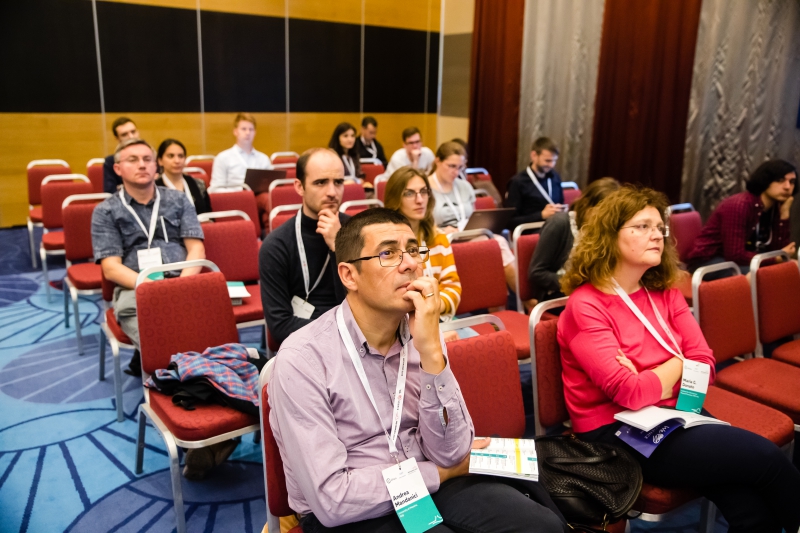
METANANO 2020
The fifth Conference on Nanophotonics and Metamaterials, METANANO 2020, is set to take place in Georgia in September next year. As noted by Mikhail Petrov, chair of the METANANO 2020 program committee, the main direction of the conference and many of the solutions that have already proven to be effective will carried through to the next year’s event. As before, the organizers aim to offer participants a wide range of scientific topics, and to engage the specialists in discussions on interdisciplinary research. But the 2020 conference will also see some innovations introduced.
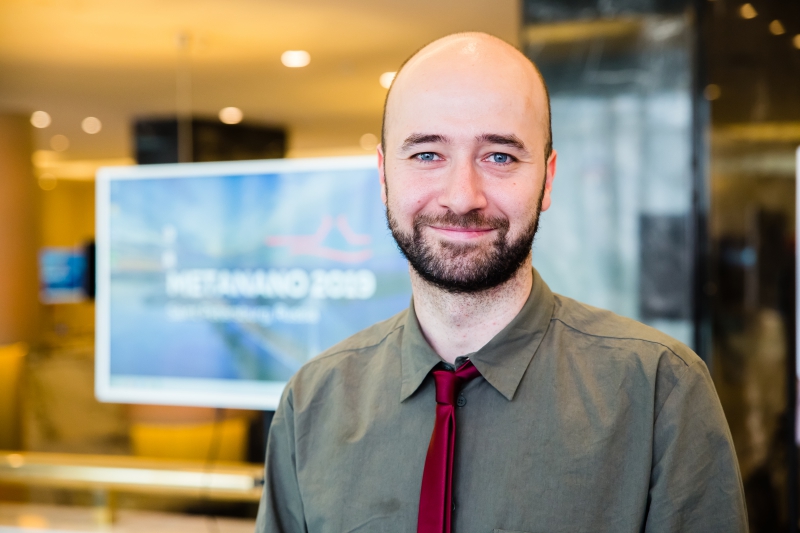
“The next conference will be held in Tbilisi, which makes me very happy because this is my home city. As part of METANANO 2020, we plan to continue with the direction we have chosen; I’m absolutely convinced that in all these years, we have managed to develop our own style for the event. But if we were to speak about the innovations, we want to organize a special industry-focused session where we’d invite representatives of international companies. On top of that, we will continue our cooperation with representatives of the world’s leading journals, and also plan to expand the representation of special speakers from that field,” comments Mikhail Petrov, chair of the METANANO 2020 program committee, researcher and associate professor at ITMO University’s Faculty of Physics and Engineering.
